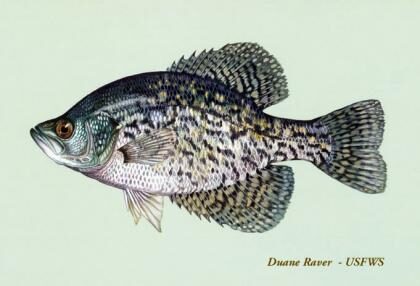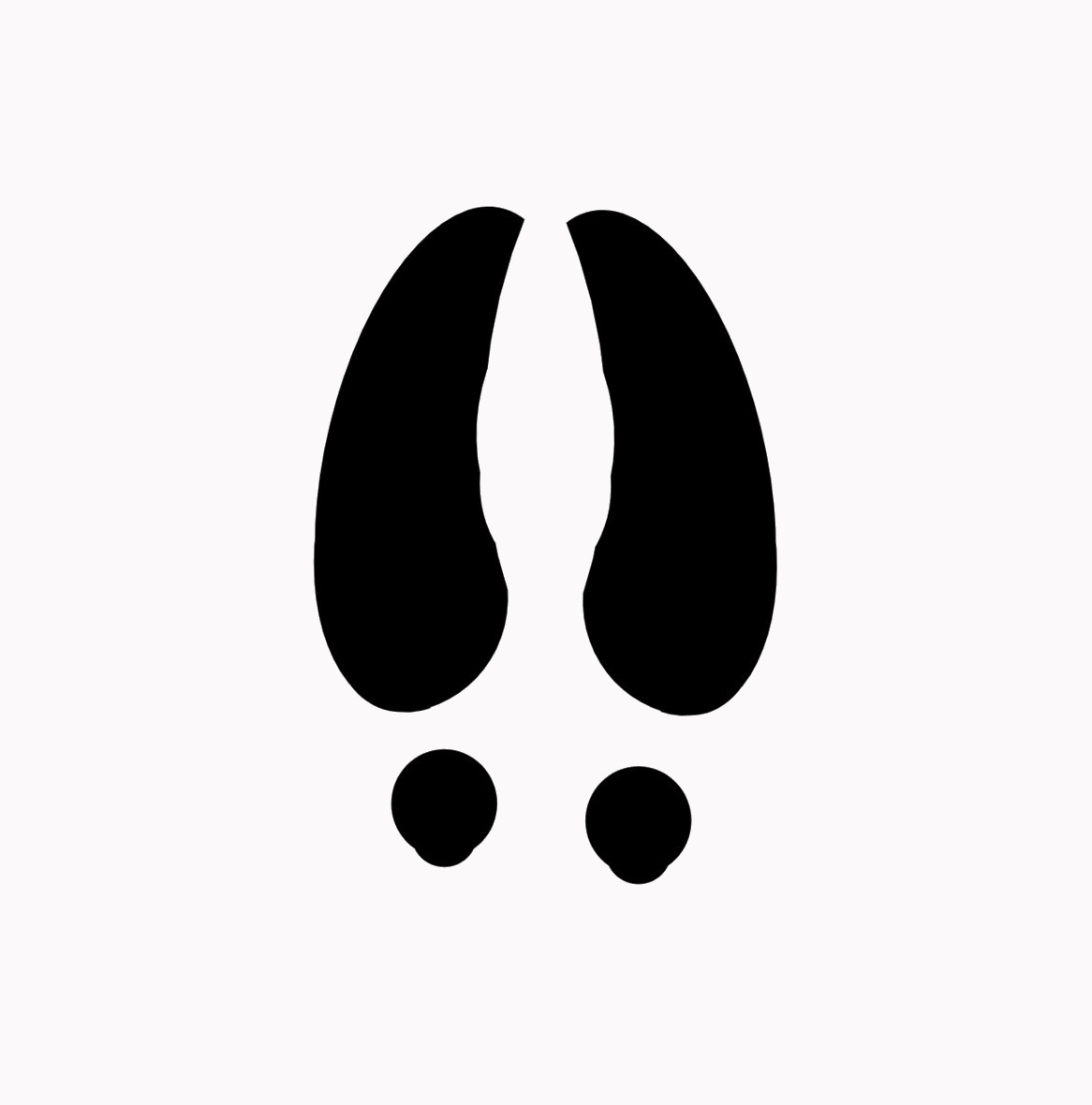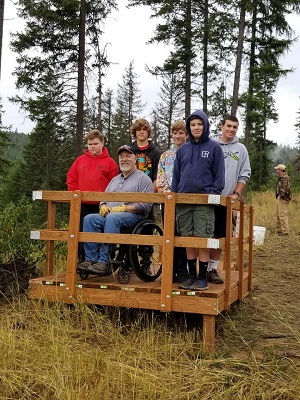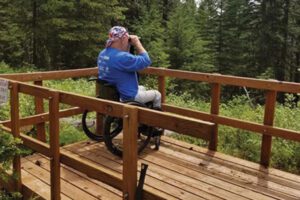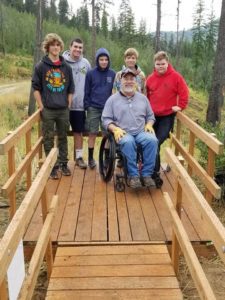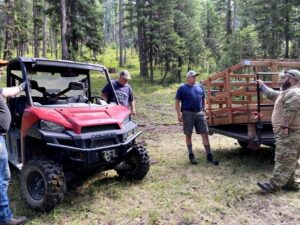One of the silver-linings of COVID-19 is that many people are discovering/re-discovering all the amazing outdoor recreational opportunities that our area has to offer. Hunting, fishing, hiking, biking, bird watching, mountaineering, horseback riding and so much more! Nothing quite matches the quiet offered by the outdoors. This temporary freedom from the hustle and bustle of everyday life relaxes and rejuvenates many who seek the outdoors as their refuge. In addition to the peace and quiet, the outdoor community has the small town feel reminiscent of a simpler time. However, to preserve the peace, tranquility, and beauty of these wild spaces we each must do our part:
Pack it in – Pack it out
Nothing ruins an outing quicker than stumbling across a pile of someone else’s trash while enjoying the outdoors. Not only does litter mar the beautiful landscape, but it can create hazards for the wildlife that call the area home. You might think that the one wrapper that you left behind will not have much of an effect, but it all adds up quickly. In fact, according to the Washington State Department of Ecology, “Every year in Washington, more than 12 million pounds of litter is tossed and blown onto highways and roads. Another 6 million pounds is tossed in parks and recreation areas.” (https://ecology.wa.gov/Waste-Toxics/Solid-waste-litter/Litter).

Wild animals are naturally curious, constantly searching for food and have no understanding of the dangers presented by things like plastic wrappers or aluminum cans. Their excellent sense of smell usually helps wild animals find food and unfortunately attracts them to the food smells remaining on litter. Which sadly can lead to animals and fish being choked or strangled by the mess we left behind. Whenever you head outdoors bring along a container to hold all your garbage so that you can make sure everything you pack into the woods packs back out with you.
Speak Softly
Wild animals are naturally shy, their survival instincts encourage them to constantly be on alert and ready to flee from danger. One of the great joys of recreating outdoors is the opportunity to view these shy creatures in their natural habitat. If you are making too much noise while you are out exploring, you will not get the opportunity to see these animals and others nearby will lose their opportunities as well. Some animals, like the threatened Columbian sharp-tailed grouse, “are sensitive to human disturbance. Do not flush or otherwise disturb these birds.” (https://wdfw.wa.gov/places-to-go/wildlife-areas/swanson-lakes-wildlife-area-unit). If you recreate in a way that maintains the peaceful nature of outdoors you may receive the opportunity to view some of the rare and beautiful species out in the wild.
There are, however, exceptions to this rule that need to be remembered. If you are exploring in predator rich areas, especially bear country, it is recommended that you make a bit of noise to avoid “surprising” those predators. Walking sticks with bear bells, periodically clapping your hands, or normal conversation are all methods that will let bears and other predators know that you are in the area and they will most likely attempt to avoid you. Most bear attacks occur when a bear is surprised by a human and feels the need to defend their young or their food.
Leave it as you found it
Pretty flowers, unique rocks or even driftwood can be very tempting to take home as souvenirs. Not only does it affect the habitat but in some areas, like national parks, it can be illegal to remove natural objects. Instead of loading up on treasures from the field consider taking a camera along on your outings and creating a photo journal to display all your finds. That way theses treasures remain for other outdoor enthusiasts to enjoy. Theodore Roosevelt said it best when he declared that, “wild flowers should be enjoyed unplucked where they grow.”
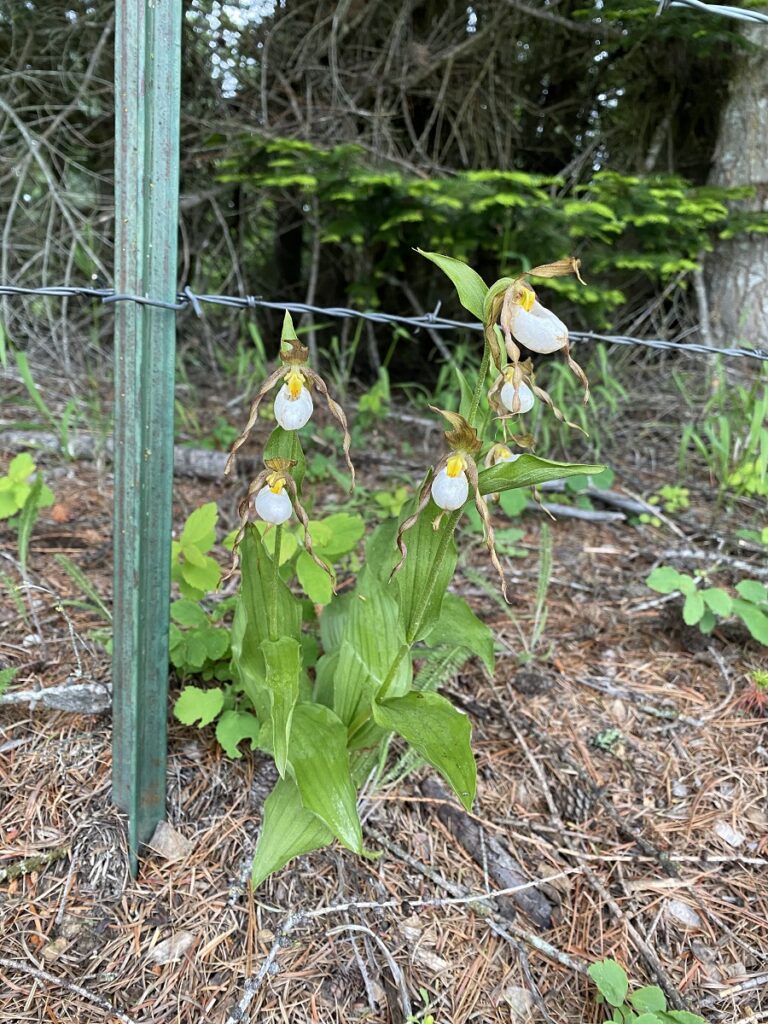
Other important considerations to maintaining the beauty of these wild spaces is to tread lightly. Here’s a short list of ways you can minimize your impact when recreating outdoors: stick to maintained trails when available, avoid drilling or cutting into trees for things like hammocks, if you clear an area of stones/pinecones for a tent site be sure return them before you leave.
Act Neighborly
The outdoor community can be quite a tight knit and supportive group and it is up to each of us to maintain that sense of community. It can be as simple as waving to a passing car on a backroad, smiling at those you pass while out on your adventures, or stopping to help someone. Other ways to contribute to this community include mentoring someone interested in your sport or joining a local conservation group and/or sporting club like the INWC and becoming an active volunteer.
If we all take a few simple steps each time that we head out into the wild spaces, we can ensure that these areas and the numerous gifts that they have to offer are preserved for generations to come. Not just for us and our children, but also for the wildlife that call these areas home.


